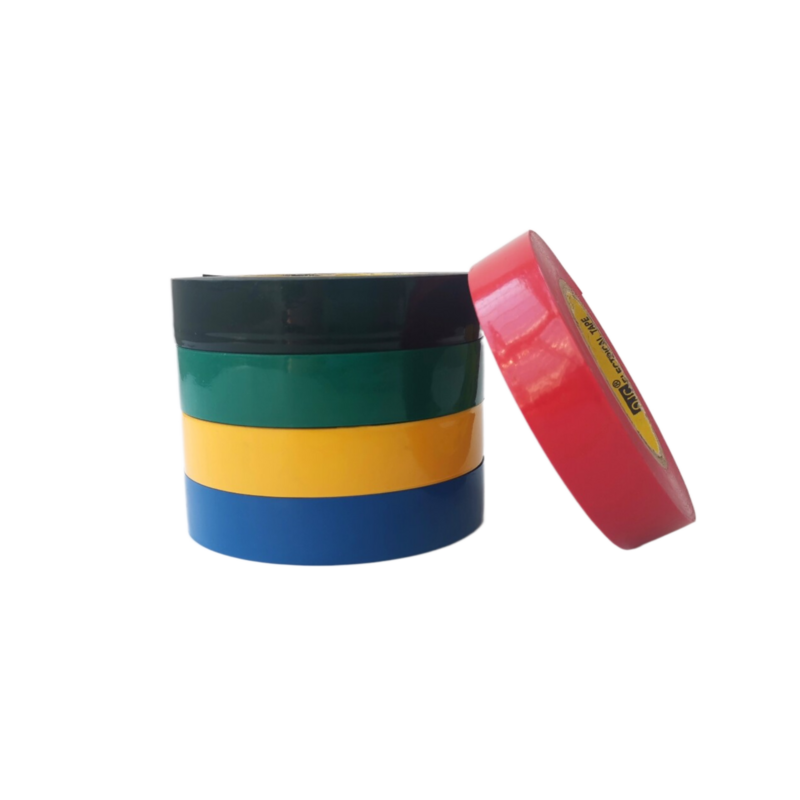Self-Adhesive Rubber Insulation A Comprehensive Overview
In modern construction and HVAC (Heating, Ventilation, and Air Conditioning) applications, self-adhesive rubber insulation has emerged as a pivotal material due to its numerous benefits and versatility. This insulation type is designed to provide superior thermal resistance while also possessing remarkable adhesive properties, which facilitate easy application and effective sealing of various surfaces.
What is Self-Adhesive Rubber Insulation?
Self-adhesive rubber insulation is generally produced from synthetic rubber, which is engineered to have a high level of flexibility and durability. The term self-adhesive indicates that one side of the insulation material is coated with an adhesive layer, allowing it to bond immediately to surfaces without the need for additional adhesives or mechanical fasteners.
This insulation product is commonly used in piping, ducting, and other industrial applications where heat loss or condensation can be a significant challenge. Its effectiveness extends not only to thermal insulation but also to sound attenuation, reducing noise transmission in addition to preventing energy waste.
Key Benefits
1. Energy Efficiency One of the primary advantages of self-adhesive rubber insulation is its capacity to minimize energy loss. It helps maintain temperatures by preventing heat transfer, thus significantly lowering energy costs associated with heating and cooling systems.
2. Easy Installation The self-adhesive feature eliminates the need for special tools or lengthy installation procedures. Contractors and DIY enthusiasts alike benefit from the ready-to-use design, which enables quick and straightforward application on various surfaces.
3. Moisture Resistance Rubber insulation is inherently resistant to moisture, which helps prevent the growth of mold and mildew. This moisture resistance is crucial in preventing damage to HVAC systems and building structures, especially in humid climates.
self adhesive rubber insulation

4. Sound Absorption In addition to thermal performance, rubber insulation effectively absorbs sound. This characteristic makes it an excellent choice for applications where noise reduction is essential, such as in office buildings, recording studios, or residential areas close to busy streets.
5. Durability Self-adhesive rubber insulation is typically designed to withstand harsh environmental conditions, including exposure to UV radiation, ozone, and temperature fluctuations. This durability ensures a long lifespan, offering a robust solution for various applications.
6. Versatile Applications This type of insulation can be used in a wide range of applications, from residential to commercial and industrial settings. It is suitable for insulating hot and cold water pipes, ductwork, refrigeration systems, and more.
Installation Considerations
Proper installation of self-adhesive rubber insulation is critical to achieve the intended benefits. Surfaces must be clean, dry, and free from dust and debris to ensure a strong bond. When applying the insulation, it is advisable to overlap seams and cut corners neatly to avoid gaps that can compromise thermal efficiency.
Environmental Impact
As sustainability becomes a vital focus in construction and manufacturing, many self-adhesive rubber insulation products are now made from environmentally friendly materials. Options that are free from harmful chemicals and meet green building standards are increasingly available, allowing builders and homeowners to minimize their environmental footprint.
Conclusion
Self-adhesive rubber insulation stands out as a highly effective solution for achieving energy efficiency and enhancing comfort in buildings. With its ease of installation, moisture resistance, sound-dampening qualities, and durability, it is an invaluable resource for maintaining both residential and commercial environments. As continuing advancements in material technology improve performance characteristics, the widespread adoption of self-adhesive rubber insulation will likely grow, making it an essential component for modern energy-efficient practices.
-
XIANGFAN Rubber Tape-Ultimate Solutions for All Your Insulation NeedsNewsJun.24,2025
-
XIANGFAN Rubber Tape-Protection for Industrial and Residential ApplicationsNewsJun.24,2025
-
XIANGFAN Rubber Tape: Superior Safety and Sealing for Demanding EnvironmentsNewsJun.24,2025
-
XIANGFAN Rubber Tape: Reliable Solutions for Every Electrical ChallengeNewsJun.24,2025
-
XIANGFAN Electrical & Industrial Tape: Powering Reliability Across IndustriesNewsJun.24,2025
-
XIANGFAN Electrical & Industrial Tape: Excellence in Every ApplicationNewsJun.24,2025
